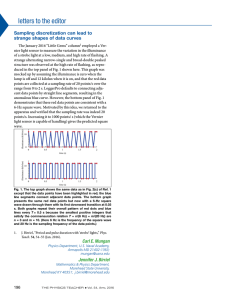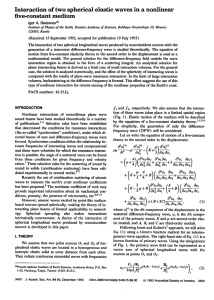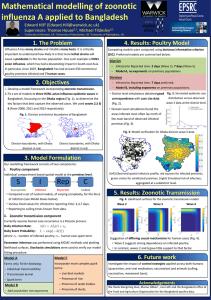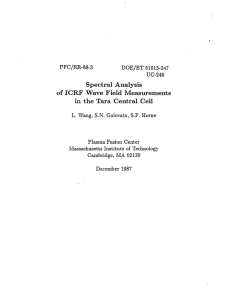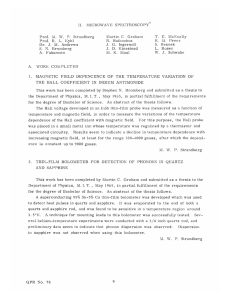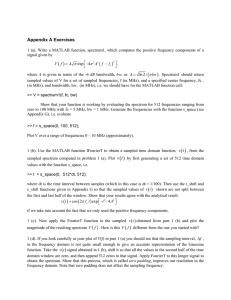important questions for put
advertisement
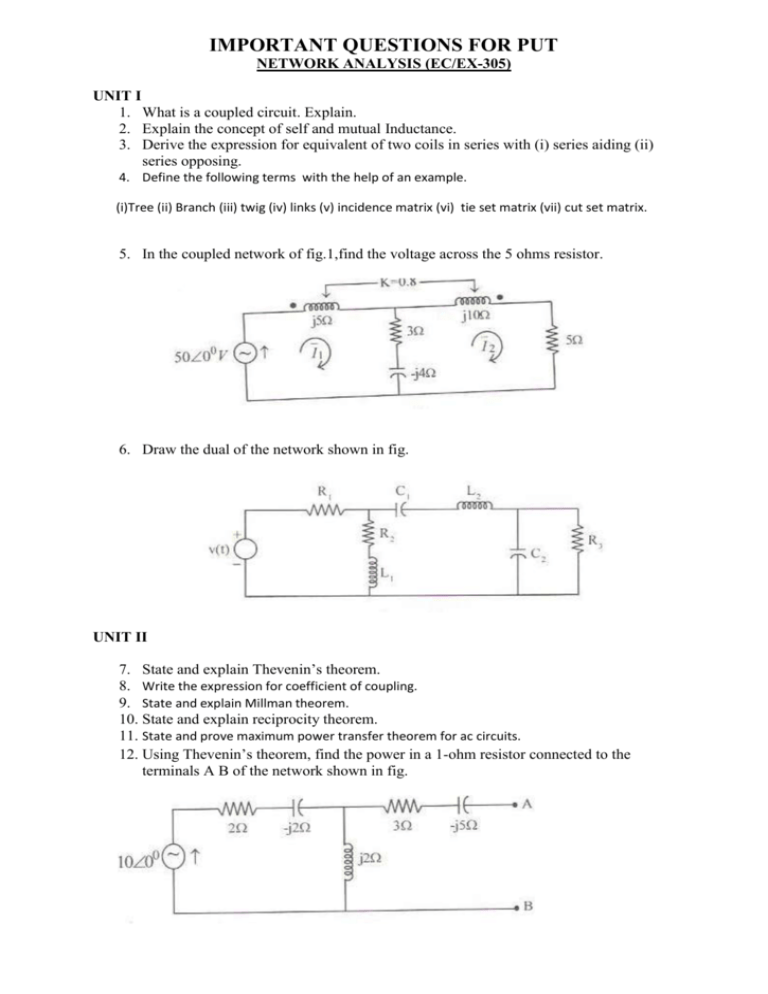
IMPORTANT QUESTIONS FOR PUT NETWORK ANALYSIS (EC/EX-305) UNIT I 1. What is a coupled circuit. Explain. 2. Explain the concept of self and mutual Inductance. 3. Derive the expression for equivalent of two coils in series with (i) series aiding (ii) series opposing. 4. Define the following terms with the help of an example. (i)Tree (ii) Branch (iii) twig (iv) links (v) incidence matrix (vi) tie set matrix (vii) cut set matrix. 5. In the coupled network of fig.1,find the voltage across the 5 ohms resistor. 6. Draw the dual of the network shown in fig. UNIT II 7. State and explain Thevenin’s theorem. 8. Write the expression for coefficient of coupling. 9. State and explain Millman theorem. 10. State and explain reciprocity theorem. 11. State and prove maximum power transfer theorem for ac circuits. 12. Using Thevenin’s theorem, find the power in a 1-ohm resistor connected to the terminals A B of the network shown in fig. UNIT III 13. Explain clearly the relationship between impulse, step and ramp functions. Give their standard expressions in time-domain and their Laplace transforms. 14. Find the Laplace transform of sin at 15. State and prove shifting value theorem. 16. Find Vc(o-) and Vc(0+) for the circuit shown below. Obtain the equation for Vc(t) for t>0. Salve for Vc(t) using Laplace transforms. 17. Explain how the initial conditions in networks can be evaluated. 18. Explain the initial and final value theorems. 19. The network of fig. reaches a steady state with the switch ‘k’ open. At t=0, the switch ‘k’ is closed. Find i(t). Sketch the current wave form and indicate the value of the time constant. UNIT IV 20. Explain in brief concept of even and odd functions. 21. What is Fourier analysis? 22. Explain quarter wave symmetry. 23. Determine Fourier series in exponential form of a full wave rectified sine wave. 24. Find the trigonometric Fourier series for the wave form shown in fig and sketch the spectrum. UNIT V 25. Write the necessary conditions for driving point functions. 26. Write the necessary conditions for transfer functions . 27. What is a reciprocal network. Derive the condition of reciprocity in terms of z parameters. 28. Define z parameters of two port networks 29. Find the ‘z’ parameters of the network shown in fig. 𝑉2(𝑠) 𝑉2(𝑠) 30. Find the open-circuit transfer impedance, 𝐼1(𝑠) and open-circuit voltage ratio, 𝑉1(𝑠) for the network shown in fig.






